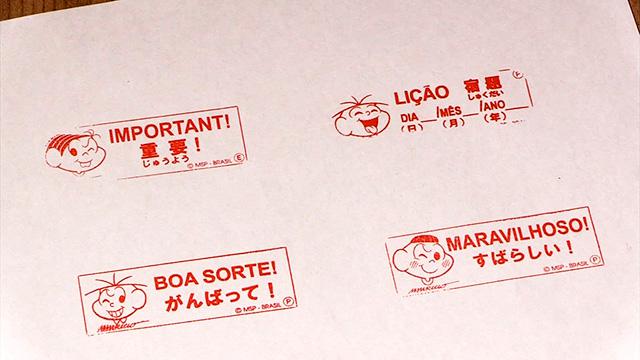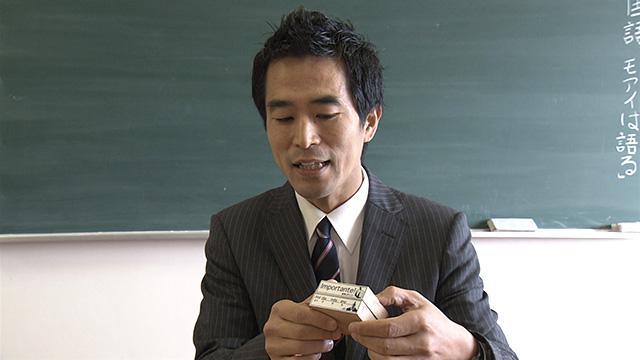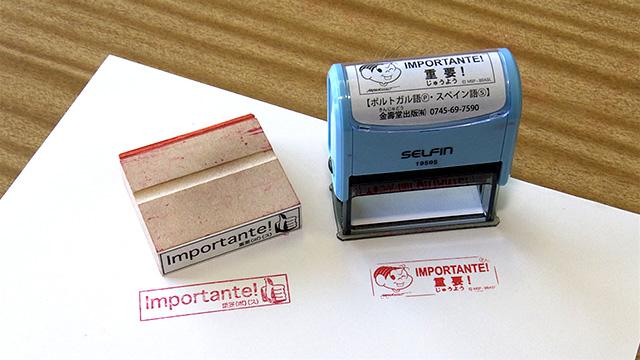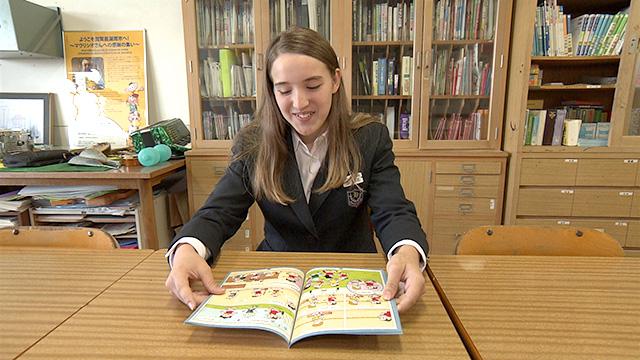Mauricio de Sousa and his cartoon “Monica and Friends”
Mauricio de Sousa is a popular Brazilian cartoonist. He has been dubbed the Walt Disney of Brazil because of his success in the animation business, and for creating popular characters.

"Monica and Friends" has long been loved in Brazil by people of all generations. Its main character, Monica, is a strong-minded, happy girl. She spends her days with friends from all kinds of backgrounds.
In November 2018, Mauricio came to Japan and visited Aichi, Gunma and Shizuoka prefectures, where there are large Brazilian communities. He received an enthusiastic welcome from his fans.

Deep connection to Japan
Mauricio was born and raised in a suburb of Sao Paulo, where many Japanese Brazilians live. He’s been to Japan many times and has built a deep connection with the country through manga, or comic books.
He was even friends with legendary Japanese cartoonist, Osamu Tezuka. Mauricio's Monica featured in a collaboration with Tezuka's celebrated Astroboy.

His visits have led him to take a special interest in Brazilian children in Japan. He often visits Brazilian communities to give moral support to children facing a completely different language and culture.
Books and stamps for Brazilian children in Japan
Last year, Mauricio created a book to help Brazilian children learn about school life in Japan. It shows Monica experiencing new activities that are not common in Brazilian schools, such as communal school lunches or cleaning the classrooms.


Mauricio says: “School life will be the first contact with Japanese society for most Brazilian kids. So, I used the book to introduce the rules of society that they will encounter when they come to Japan."

He has also helped make stamps featuring Monica and encouraging messages, such as "Good luck!" or "Try again!" in both Portuguese and Japanese. The stamps and books were handed out to schools across Japan.
A teacher dedicated to Brazilian students
The stamps were originally the idea of a teacher at Hie Junior High School in Konan City, Shiga Prefecture. It's an industrial area that's home to many Brazilians and other foreign workers. More than 10 percent of the students at the school are non-Japanese.

Yoshimichi Aoki teaches a special class where Brazilian students can learn in both Japanese and Portuguese. Aoki knows Portuguese from his time as a college student in Brazil. He also taught at a Japanese school there.

The first stamp he made says “Important” in Portuguese and Japanese. He made it so Brazilian students and parents can tell what’s important and what’s not among the many notes the kids bring home from school.
Mauricio learned about Aoki’s efforts through an English-language newspaper article and decided to create stamps featuring Monica and other popular characters.
Aoki says: “With Mauricio’s characters on the stamps, students feel that they are being encouraged by a Brazilian national hero. The stamps definitely make Brazilian students study harder.”
Brazilian girl finds peace of mind in Mauricio’s cartoons

Fourteen-year-old Sarah Kusumoto is a big fan of Mauricio’s cartoons. She can hold everyday conversations in Japanese, but she comes to Aoki’s class to learn subjects requiring stronger language skills, such as social studies.
She moved from Brasilia to Japan 2 years ago when her parents started jobs in Japan. She remembers that school life was not easy at first.
Sarah says: "When I was in the 6th grade, my classmates would try to talk to me. I understood they were trying to make friends, but I didn't know what they were saying. Not being able to make friends made me really sad."
At that time, one thing that cheered her up was watching Monica and Friends. She loved the cartoon because Monica could make friends with anyone.
Sarah says: “Monica and Friends is all about friendship. There's a character called Cascao, who doesn’t like water or taking showers. He stinks, but Monica doesn’t leave him out of the group, because she knows that not having a friend is harder than anything.”

Last year, something memorable happened -- Mauricio visited the town where Sarah lives. She received a copy of the manga that Mauricio made for Brazilian children in Japan.
Her favorite part is where Monica encourages a child who's new to Japan. It describes how a new language may be hard at first, but with time and the help of new friends, everything works out in the end.
Sarah likes the page where the characters say that nobody needs to be alone, as that can happen to any kid in a new country.
Mauricio's book taught her that she can ask her friends for help. So, she began asking her classmates when she has questions. She also helps other Brazilian students who are new to Japan.
To tell more people about Mauricio's support for Brazilian students in Japan, Sarah gave a presentation called "Special Present from Abroad" at an English speech contest. It was well received and she took second place.

During Mauricio's recent visit to Japan she got a second chance to meet him and convey her gratitude in person.
She gave the same speech in Portuguese this time: "I believe many of the students who received 'special presents' from him will be the bridge between Japan and other countries someday. That would be the real gift from abroad. I’d like to be one of those people.”

Mauricio has been spreading his message on the importance of friendship through his cartoons and has touched many young Brazilians, both at home and abroad.
Monica's adventures in Japan can be read online in Portuguese, Spanish, English and Japanese.

